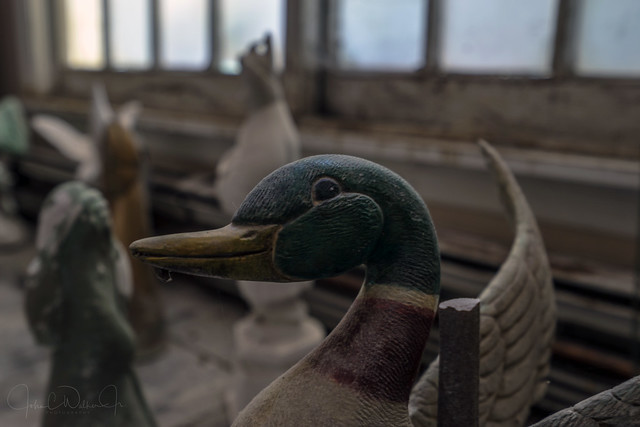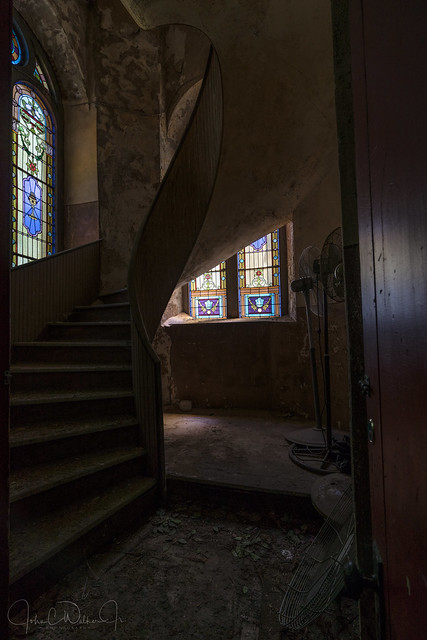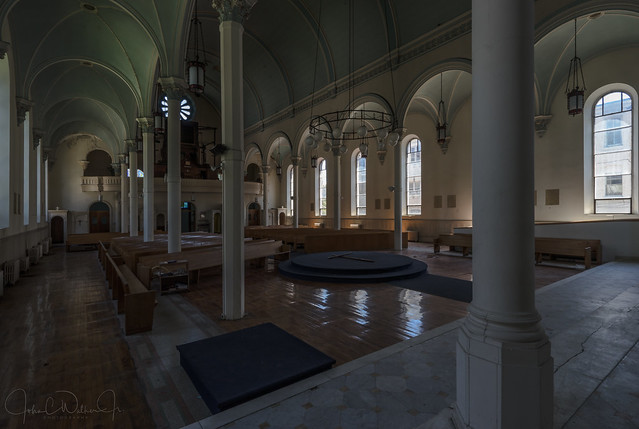The abandoned Motel in Catskills, New York. Its fading ghost sign beckons you back to another era. The motel is located on the former site of the Lasso House, a popular boarding house, which was constructed in 1876 by Myers. Myers was born in Middletown in 1848 and moved to the mountains around 1864 to work with his uncle in the harness maker’s trade. Around 1876 Myers gave up the harness trade to purchase a farm just south of the village on which he built his popular boarding house. In 1898 the Lasso House advertised itself as being “among Shawangunk Mountains, beautifully situated on a high elevation; near the village; accommodates 50 people; pure spring water, bath and sanitary closets.” In other advertisements, highlights included “well ventilated; raise our own vegetables; good fishing; cottage located on summit of hill, overlooking valley; beautiful surroundings; abundant shade; good livery connected with house; convenient to post and telegraph offices; plenty of milk and eggs.” In 1892, the cost to stay at the Lasso House was $7 to $10 per week, with the transient rate at $1.50 per day.
Showing posts with label Sony. Show all posts
Showing posts with label Sony. Show all posts
February 28, 2021
The Motel (2018)
Around 1921 Myers sold the property, which was then resold many times over the years and eventually became home to the Lasso Motel. Although long abandoned, the 8-acre Lasso Motel property, along with two buildings with 43 motel rooms, was recently advertised for sale.
Labels:
A7ii,
Abandon,
Abandoned,
Boarding house,
Borscht Belt,
dark current,
Decay,
Hotel,
New York,
NY,
Sony,
UE,
Urban Exploration,
Urban Exploring,
Urbex,
Vacant,
WalkerPhotography,
www.AbandonedNY.com
September 18, 2019
Checkmate
The Chess House.
Above is a postcard of some old cottages that sit on the site of an old TB Sanitarium located in upstate New York. The Sanitarium is now long gone and some of the cottages are now private residence.
Today one of those cottages stands vacant and was auctioned off in June of 2019.
Today one of those cottages stands vacant and was auctioned off in June of 2019.
above is a picture of how it sits today. This is a single family home that was built in 1898 and must have been own by an artist by the Ceramic Art left behind. As of now I can not find any other history on this location.














Labels:
A7ii,
Abandon,
Abandoned,
Borscht Belt,
demo,
Demoed,
Dirty,
Home,
Hospital,
Insane,
New York,
NY,
Sony,
UE,
Urban Exploration,
Urban Exploring,
Urbex,
Vacant,
WalkerPhotography,
www.AbandonedNY.com
May 18, 2019
The Story of 100 Aisles

OMOSC
is part of a large Catholic complex
located in West Philadelphia. This complex is situated on land that was part of
a 43-acre farm that was purchased in 1849 for the establishment of a cemetery
and a parish for the nascent Irish-Catholics of West Philadelphia. What began as Cathedral Cemetery and the new home of an
Orphan Asylum grew over 170 years to include OMOSC, its convent and rectory
buildings; several iterations of OMOS School. The current complex is comprised
from north to south of: Cathedral Cemetery’s Gate House; OMOS Rectory/Parish
House; OMOS Catholic Church; former Convent; and OMOS School. Cathedral
Cemetery extends several blocks west from these buildings and includes a
cemetery annex on the south side.
The church was designed and
constructed between 1867 and 1873 by architect Edwin F. Durang, builder James
Doyle, and mason John Canning at a cost of $80,000. A largely intact
example of Durang’s work, the church employs Romanesque details including
rounded arches, entrance-flanking towers, and abundant stained glass windows.
It was designed, at least in part, to draw interest to Cathedral Cemetery. The
church has undergone several significant alterations throughout the years, but
retains much of its 19th-century fabric. The cornerstone was laid in November
1867 and by November 1869 the roof was in place. The first service was held in the
basement of OMOS on June 12, 1870. Tower construction began shortly after and,
by 1872, the Rosary Society supplied the original Stations of the Cross and a
rented organ was installed. OMOS was dedicated on September 28, 1873.
By October 1875, the current
organ was completed. The complex’s second building was the original
rectory, located to the south of the Church and constructed in 1876. In
1885-86, architect John Jerome Deery designed OMOS School after the church’s
basement proved too small for an expanding student body. The complex
stepped closer to its present form between 1892 and 1895, when the present-day
rectory, designed by architect Frank R. Watson, and Parish House, by Watson and
Huckel, were constructed to the north and south of the church respectively. Durang returned
in 1892 to design two spires, the northern one with a bell tower, on top of the
façade’s existing towers. Durang, Deery, and Watson were by this time a
well-established trio of architects with common ties to ecclesiastical
commissions, specifically within the Archdiocese of Philadelphia. Additionally,
Deery and Watson each worked under Durang as their careers developed,
eventually seeing each architect establish their own practice during the
late-nineteenth century.
























Labels:
A7ii,
Abandon,
Abandoned,
Church,
Convent,
demo,
Demoed,
Dirty,
PA,
Philly,
School,
Sony,
UE,
Urban Exploration,
Urban Exploring,
Urbex,
Vacant,
WalkerPhotography,
www.AbandonedNY.com
Subscribe to:
Comments (Atom)














